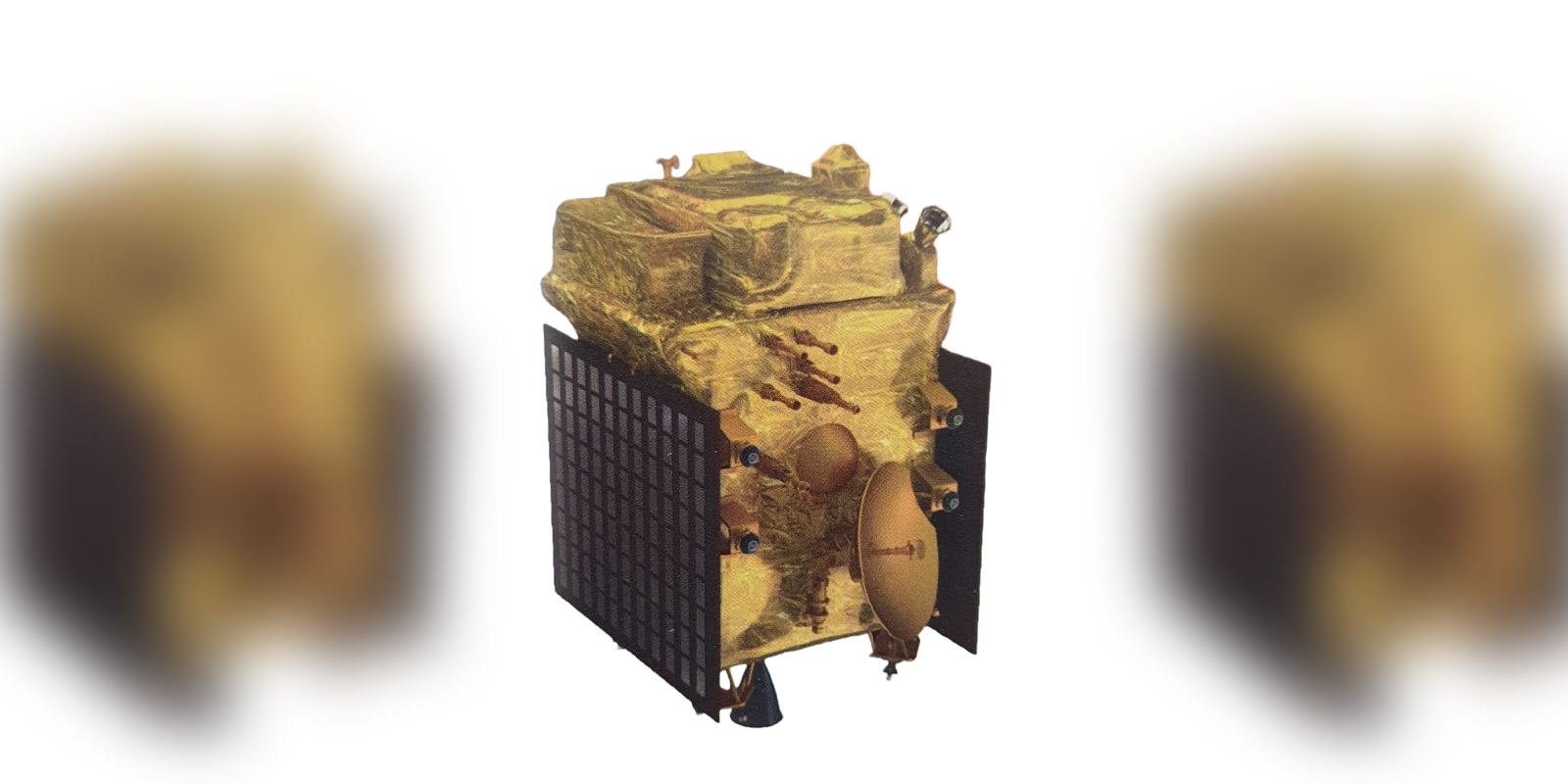Aditya-L1 is a fully indigenous effort with the participation of national institutions, an ISRO official said.

ISRO eyes for launch of Aditya L1 solar mission. (Wikimedia)
After the successful moon lander venture, ISRO is now gearing up for the launch of a solar mission in a week, likely on 2 September, to study the Sun.
Aditya-L1 spacecraft is designed to provide remote observations of the solar corona and in situ observations of the solar wind at L1 (Sun-Earth Lagrangian point), which is about 1.5 million km from the Earth.
It will be the first dedicated Indian space mission for observations of the Sun to be launched by the Bengaluru-headquartered space agency.
The Aditya-L1 mission, aimed at studying the Sun from an orbit around the L1, would carry seven payloads to observe the photosphere, chromosphere and the outermost layers of the Sun, the corona, in different wavebands.
Aditya-L1 is a fully indigenous effort with the participation of national institutions, an ISRO official said.
The Bengaluru-based Indian Institute of Astrophysics (IIA) is the lead institute for the development of the Visible Emission Line Coronagraph payload. While Inter-University Centre for Astronomy and Astrophysics, Pune, has developed the Solar Ultraviolet Imager payload for the mission.
Aditya-L1 can provide observations on the corona, and the solar Chromosphere using the UV payload, and on the flares using the X-ray payloads. The particle detectors and the magnetometer payload can provide information on charged particles and the magnetic field reaching the halo orbit around L1.
The satellite, realised at UR Rao Satellite Centre here, arrived at the ISRO’s spaceport of Sriharikota in Andhra Pradesh, two weeks ago.
“Most likely the launch will take place on 2 September”, an ISRO official said.
The spacecraft is planned to be placed in a halo orbit around the L1 of the Sun-Earth system.
A satellite placed in the halo orbit around the L1 point has the major advantage of continuously viewing the Sun without any occultation/eclipses, ISRO noted.
“This will provide a greater advantage of observing the solar activities and its effect on space weather in real-time,” it said.
Using the special vantage point L1, four payloads directly view the Sun and the remaining three payloads carry out in-situ studies of particles and fields at the L1, thus providing important scientific studies of the propagatory effect of solar dynamics in the interplanetary medium.
“The suits of Aditya L1 payloads are expected to provide the most crucial information to understand the problem of coronal heating, coronal mass ejection, pre-flare and flare activities and their characteristics, dynamics of space weather, propagation of particle and fields etc.”, ISRO said.
The major science objectives of the Aditya-L1 mission are:
The instruments of Aditya-L1 are tuned to observe the solar atmosphere, mainly the chromosphere and corona. In-situ instruments will observe the local environment at L1.
(Disclaimer: The headline, subheads, and intro of this report along with the photos may have been reworked by South First. The rest of the content is from a syndicated feed, and has been edited for style.)

Jul 10, 2024

May 27, 2024

May 15, 2024

May 02, 2024

Apr 29, 2024

Apr 29, 2024